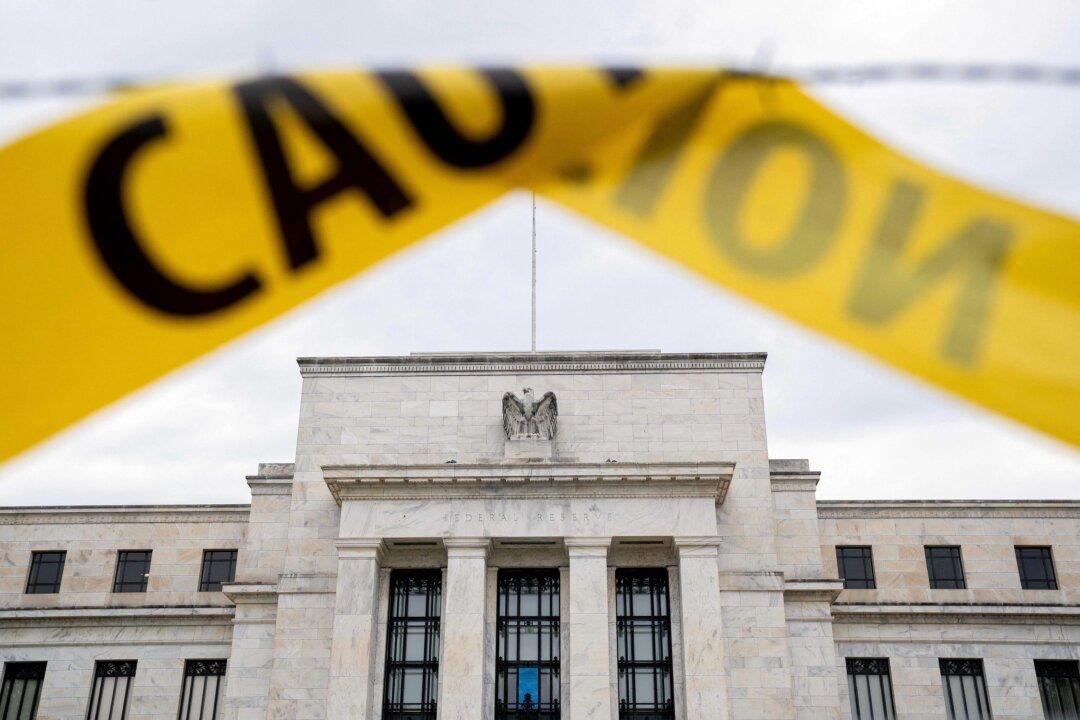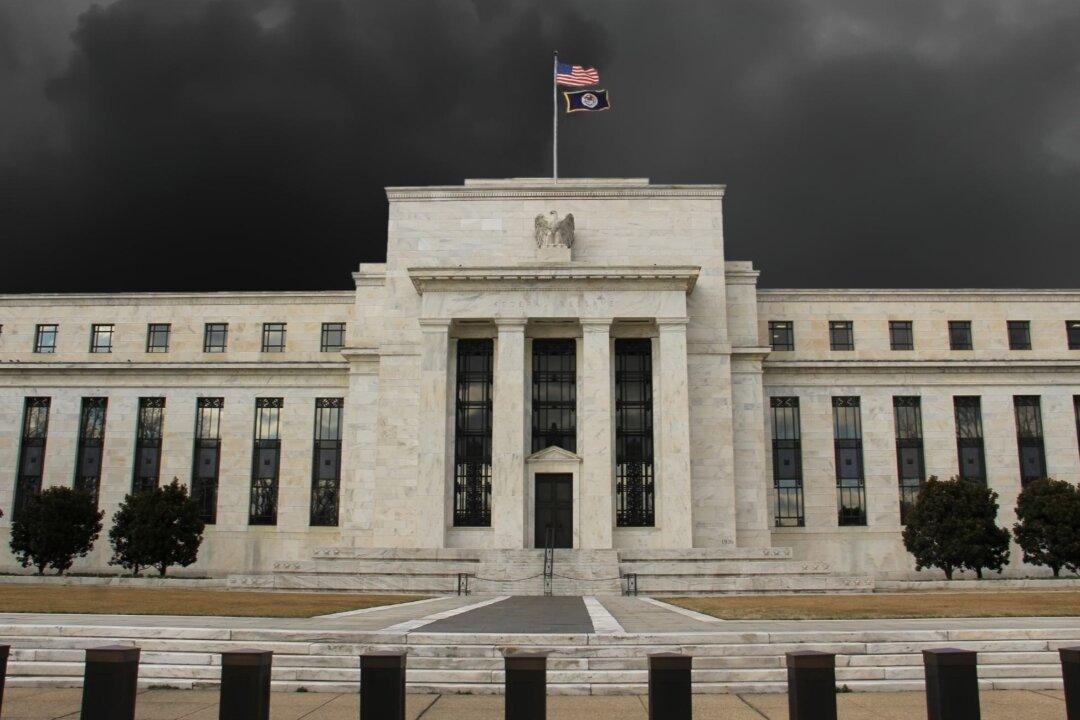Commentary
Last week was a grim reminder that the economic chaos of the lockdown period is far from over. Markets discovered that several major banks, which hardly anyone truly suspected were in trouble, faced closure and quick rescue for fear of contagion. The trouble was the same in each case: too many assets held in fixed-rate debt instruments in a period of rising rates.





